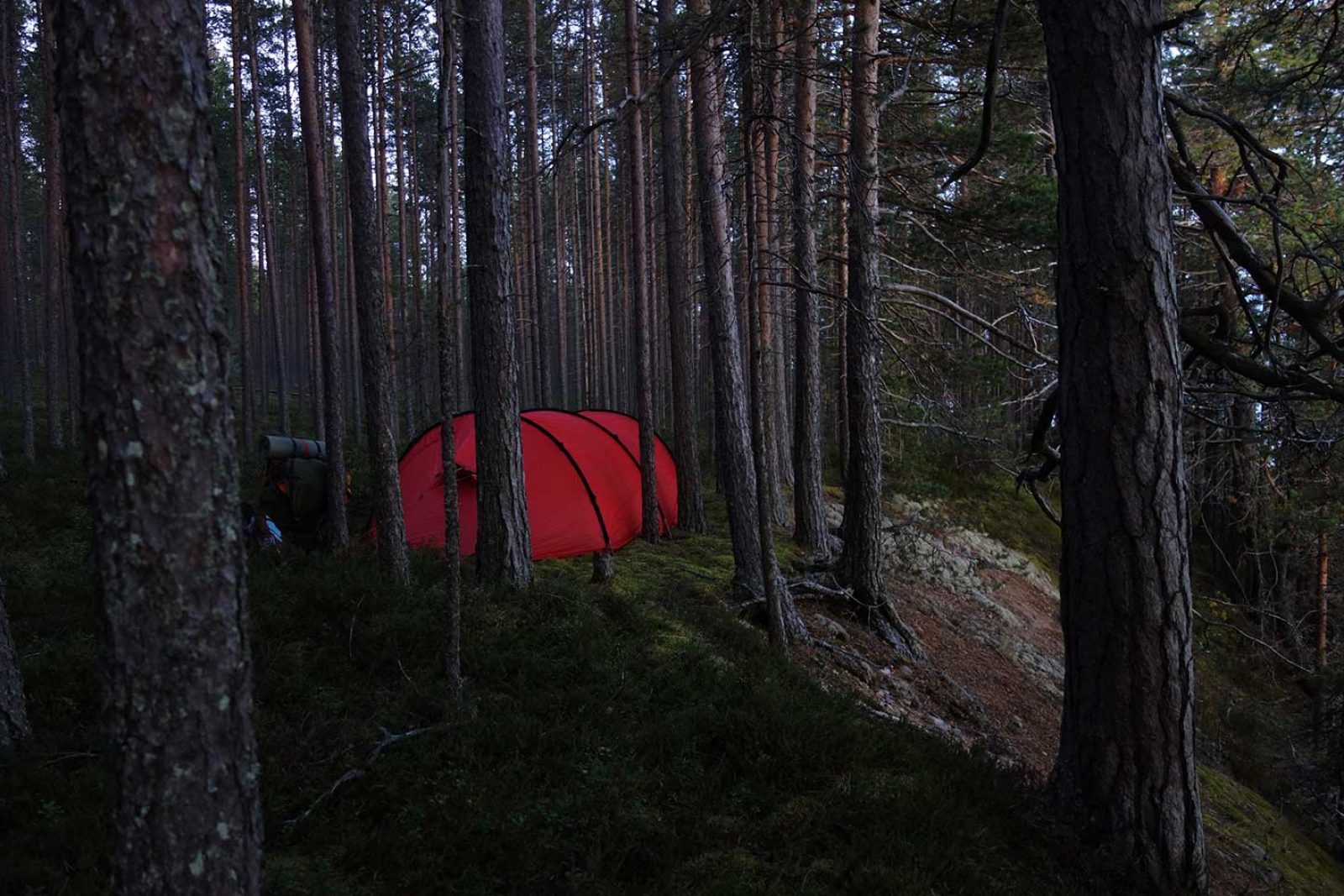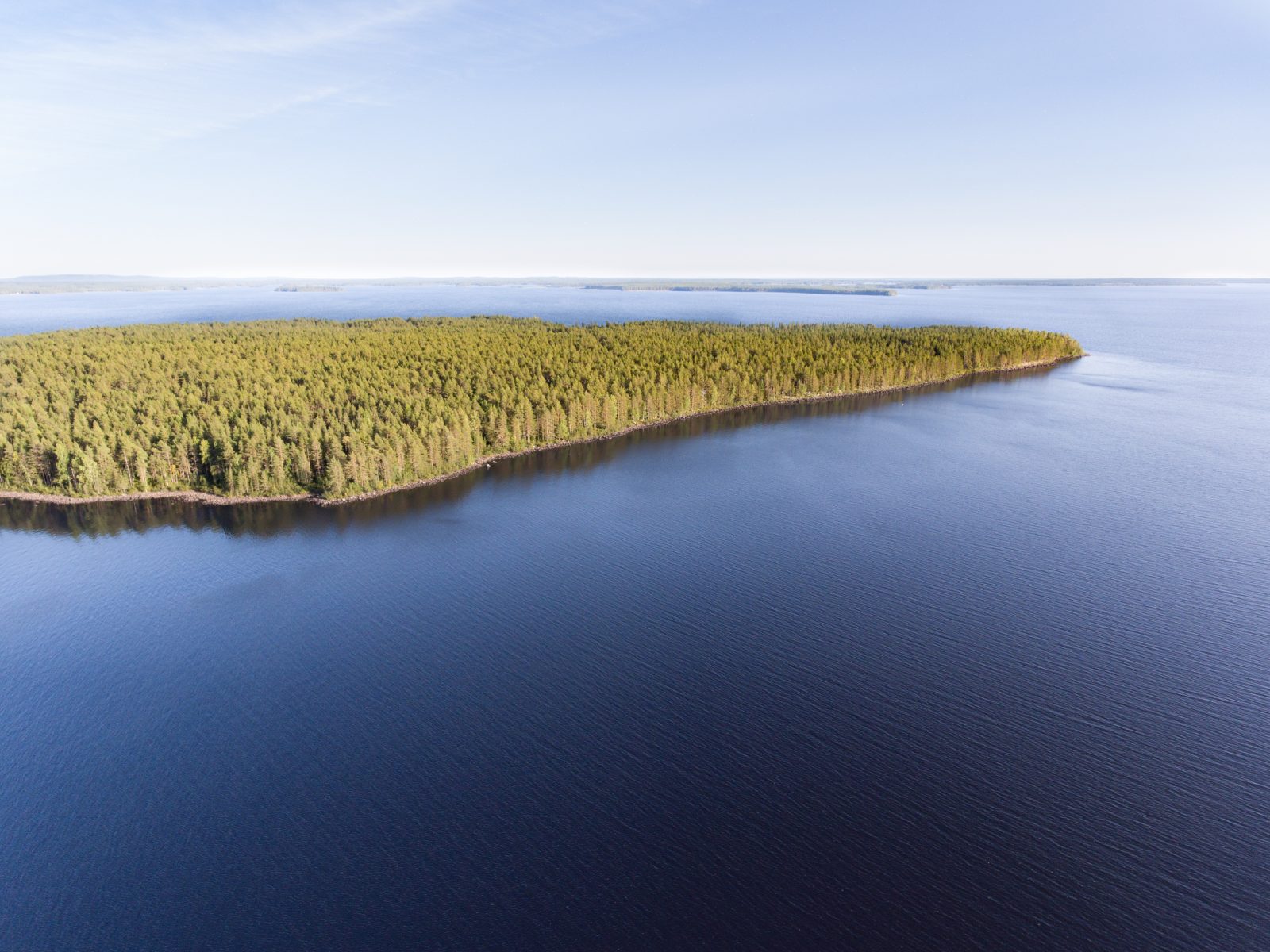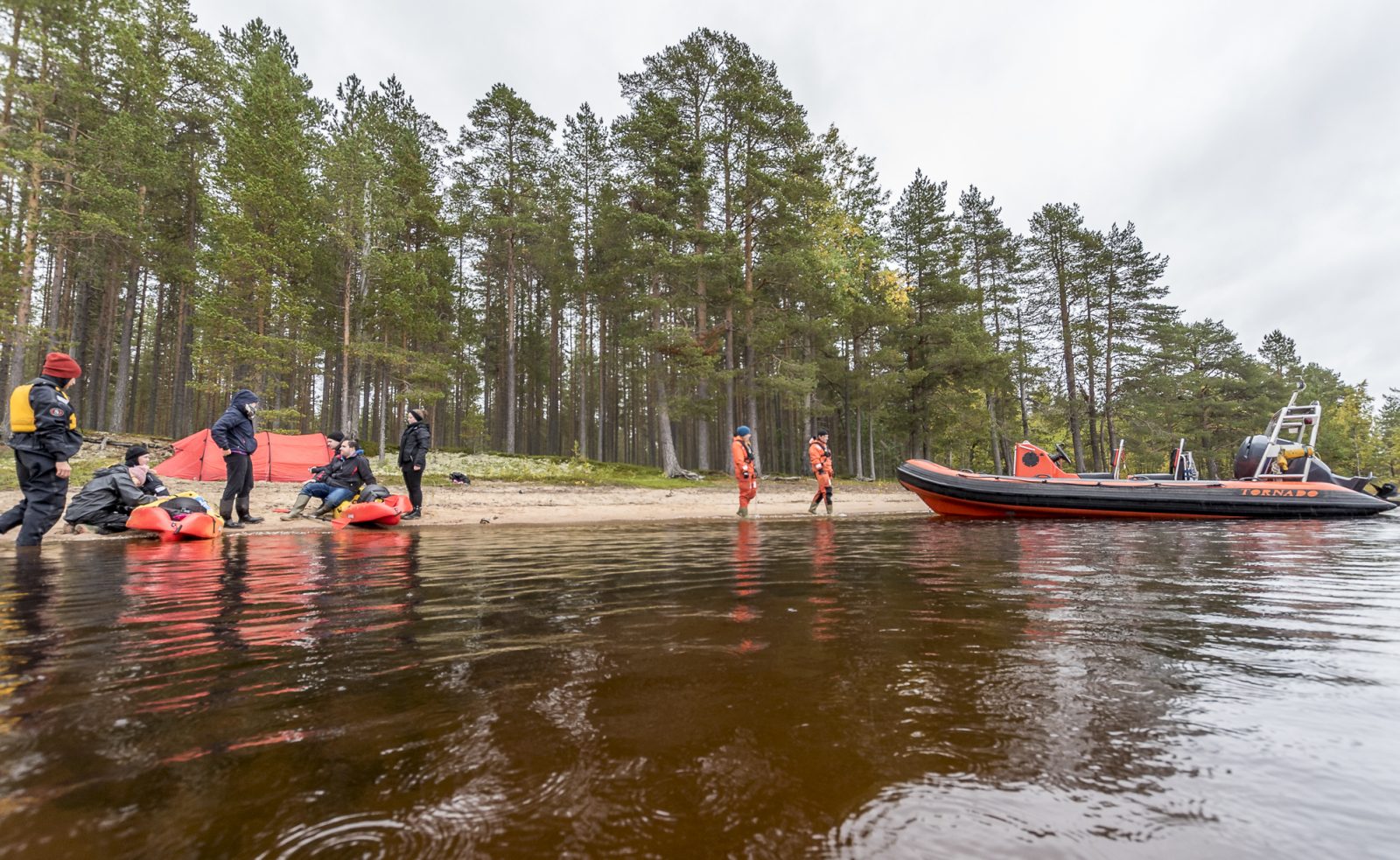Greenpeace commissioned a species inventory on two islands in Oulujärvi, Finland, threatened currently by industrial logging operation by state-owned forest company Metsähallitus. Numerous occurrences of red-listed forest-dwelling species were found. Industrial forestry is the primary reason for more than 800 species being threatened in Finland. Greenpeace demands Metsähallitus to halt current logging plans in Kuostonsaari and Kaarresalo and do an adequate inventory of the sites.
”Governments of the Great Northern Forest – Russia, Canada, Finland and Sweden – have all committed to protecting our biodiversity. Yet the destruction of boreal forests for pulp and paper goes on. In Finland the state-owned company is now rushing to log High Conservation Value Forests without even bothering to look into which threatened species live there”, says Matti Liimatainen, Greenpeace forest campaigner.
Greenpeace-commissioned inventory of the planned logging sites found 43 occurrences of 9 different species which are red-listed in Finland. One of the species is classified as endangered, one regionally threatened, one vulnerable and six near threatened. In addition, there were more than 40 observations of indicator species used to measure conservation value of forest in Finland.
The two islands, Kuostonsaari and Kaarresalo, belong to the European Union’s Natura 2000 -network as well as UNESCO’s Geopark-network and they are part of a nationally designated Hiking Area. In 2001, Metsähallitus decided to permanently set aside 126-200 years old forests of Kaarresalo from logging as an old-growth forest site, but this decision has now been cancelled. According to the rules for forestry in National Hiking Areas, only small-scale operations which conserve biodiversity and improve hiking conditions are allowed. Yet, the governmental forest service is planning to carry out large-scale industrial logging operations in the islands in the autumn of 2017.
Greenpeace is together with other Finnish environmental groups (WWF
Finland, Finnish Nature League and Finnish Association for Nature
Conservation) calling for a halt to logging of the Oulujärvi islands.
The Finnish Association for Nature Conservation has filed a complaint to
the regional court. An international group of Greenpeace activists have
been present at Oulujärvi lake since the originally announced starting
date of the logging, September 15.
Less than 6% of the Finnish productive forest lands are legally and
effectively protected despite industrial forestry being the primary
reason for more than 800 species being threatened and hundreds more on
the red-list. Greenpeace is concerned about the excessive logging quota
of Finnish forests and its impact on High Conservation Value Forests and
forest-dwelling species. Majority of the wood logged in Finland is used
for pulp and paper production, mainly by forest industry giants StoraEnso, UPM and MetsaGroup.
In
2010, governments agreed as part of the Convention on Biological
Diversity (CBD) on a global strategic plan aimed at reversing
biodiversity loss worldwide. Under the Aichi Biodiversity Targets,
countries promised to take action to at least halve the rate of loss of
natural habitat — including forests — before the end of 2020. But
research shows that large parts of the Great Northern Forest, also known
as the Boreal or Taiga, are being destroyed at a rate of 2.5 million
hectares or more a year.
Greenpeace and people around the world are calling on the
governments of Russia, Finland, Sweden and Canada to keep the promise
they made in 2010 and protect the Great Northern Forest. The ecosystem
stretches across the northern hemisphere, encircling the Arctic. It is a
crucial haven for biodiversity, and stores more carbon in its soils,
trees and peat than the planet’s tropical forests combine
For more information, please contact:
Matti Liimatainen, forest campaigner, Greenpeace, matti.liimatainen greenpeace.org
Photographs and aerial images of Oulujärvi for media: Jani Sipilä, Greenpeace, jani.sipila greenpeace.org
Photos from Oulujärvi and other Finnish forests:
https://www.flickr.com/photos/...


